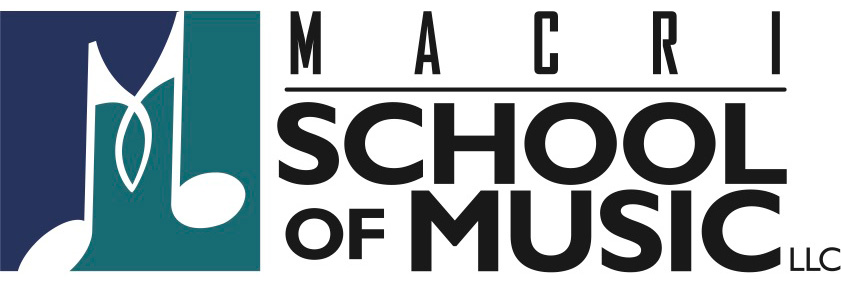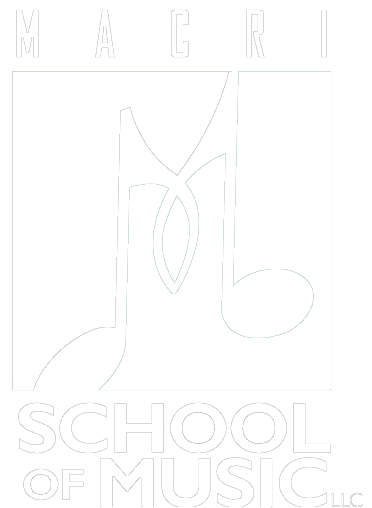Blog
Welcome To Macri School Of Music’s Blog
Welcome to the Macri School of Music blog. Our mission is to provide valuable information that will help you become a more knowledgeable and skilled musician. This blog covers a variety of subjects including rock, Guitar Instructorjazz, and the blues – in addition, we’ll explore the style of some of the most famous artists in all genres of music. We offer a dynamic range [...]
How To Construct A Practice Routine
What should I practice? It's such an expansive question and the answer is sometimes hard to quantify. In order to play an instrument there has to be a certain amount of technique one has to acquire before music can be made. Depending on the instrument the techniques might be specifc: how to hold a guitar pick, fingerings on a saxophone, independence of limbs on [...]
Tips For Practicing Guitar
Any successful musician will tell you that in order to accelerate in your craft, you should continually practice. Here are some tips to consider during your practice session. 1.) Create A Schedule. Set up a practice curriculum for yourself. To become an excellent guitarist you need to develop a plan to follow, master and then modify so it challenges and keeps you moving forward. 2.) Never [...]
The Importance Of Music Lessons
Music enhances the development of learning by synchronized engagement of senses, muscles, and intellect. School age students of music and the arts have higher grades, better standardized test scores on the verbal and math portions of the SAT, better attendance in school, and are more active in community affairs as documented by multiple studies performed at higher level institutions. Music cultivates skills that are [...]
The Process Of Transcribing Songs And Solos For Guitar
Highlights notes and photos from our latest guitar clinic on transcribing songs and solos for guitar: The Process of Transcribing We're going to start by looking at single notes because most people find them easier to start off with than chords 1. Listening The first thing to realize is that transcribing is all about active rather than passive listening. Passive listening is what you [...]
Summer Piano Recital
Big thanks to everyone who participated and came to watch our summer piano recital last night! Also a huge shout out to our teachers Eric Elias and Grant Beale for arranging the recital. We love providing a place where students and parents can play and enjoy their achievements.
Guitar Jam Night
Guitar jam sessions are a great way to improve your playing skills and improvisation as a guitarist, come down to one of our sessions and play!
Back To School Music Lessons
Is your child ready to hit the right notes this school year? Whether they're a beginner or looking to advance their skills, our Back to School Music Lessons are the perfect way to inspire creativity and confidence! Why Choose Us? Expert Instructors: Our experienced teachers are passionate about guiding students through every step of their musical journey. Flexible Scheduling: We offer lesson times that [...]
Enhance Your Practice Habits
Improving your playing involves a combination of practice, technique, theory and creativity. Here are some tips to help you enhance your skills.
20 Year Anniversary!!!
Since 2003 we've been fostering the love of music and nurturing countless talents. From the first chord struck to the latest compositions, our journey has been nothing short of extraordinary! Thank you for 20 amazing years of support, trust and loyalty. It's been an incredible journey, filled with memories, growth, and shared experiences. From day one, you've been the heartbeat of our success, and we're [...]
Our Reviews








